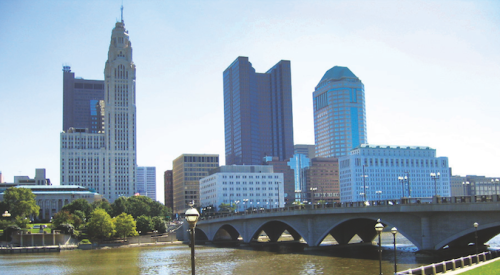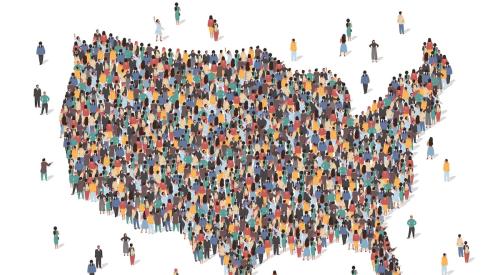Higher fertility, migration, and immigration rates are helping U.S. cities fare better than their Japanese and Western European counterparts.
According to the Brookings Institute, a new report from the McKinsey Global Institute (MGI), “Urban world: Meeting the demographic challenge in cities,” says between 2000 and 2015, only 6 percent of the world’s largest cities had a population decrease. But over the next decade, 17 percent of cities are projected to see their populations decline.
The report, which also examined Japan and Western Europe, found that U.S. cities will face slight population decreases. Between 2015 and 2025, urban population growth is expected to dip 1 percent each year. Some megacities, such as New York and Los Angeles, will struggle with affordability, but other mid-size metros will possibly expand. Cities such as Dallas and Phoenix have been boosted by international migration, and El Paso, Texas, and Bakersfield, Calif., are among the places with immigrant households and growing families.
Slowing cities—among them post-industrial urban centers—face the choice between reinventing themselves through new industries and services, or adapting to smaller populations to ensure a high quality of life for those who remain.












